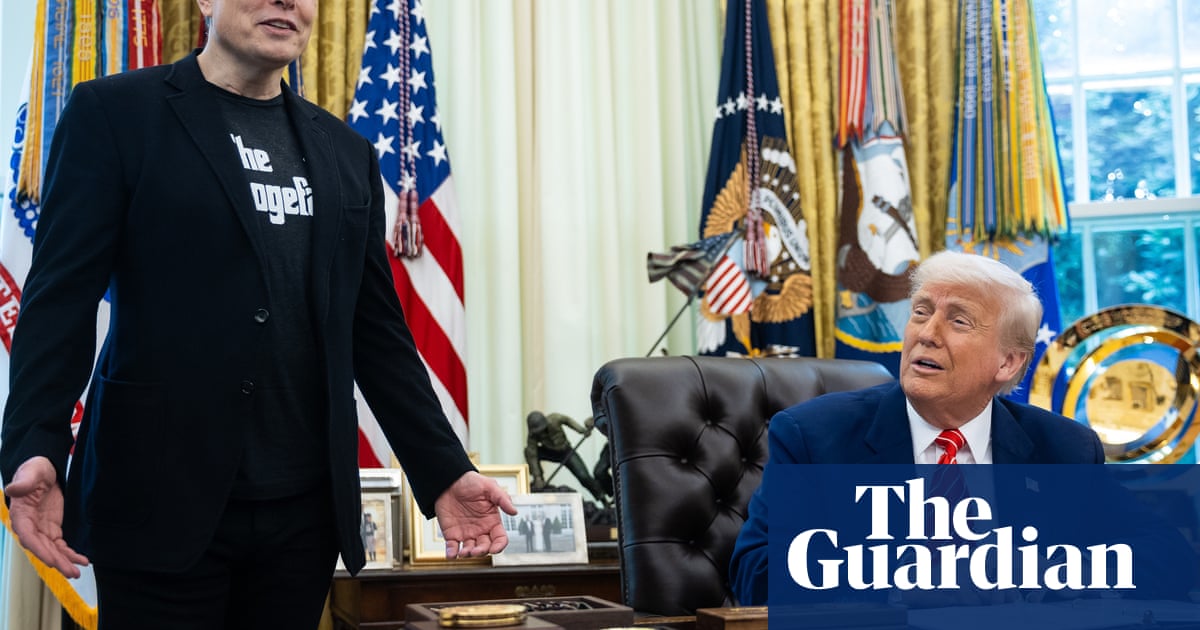What do you get when you combine a team of scientists, a lab specializing in sequencing DNA and some extinct species? While the answer could be the plot of “Jurassic Park,” these are actually the foundations of Future Society, a biotech fragrance company that has changed the landscape of scent by conjuring extinct flowers.
Working together with the Harvard University Herbaria — home to over five million botanical specimens — Future Society has successfully sequenced the genetic codes of preserved plants, some of which date back more than 150 years. Six of them have already been made into perfumes, with signature notes ranging from the green to woody and floral.
Take the orbexilum stipulatum, a herbaceous, flowering plant that grew on Rock Island in the shallowest part of the old Falls of the Ohio and is last known to have flowered in 1881. The plant is thought to have been wiped out after the eradication of buffalo that used to migrate through the area, meaning its seeds were no longer dispersed far and wide. Then in the 1920s, the entire area was flooded by dams, submerging all hope for it.
“We set out to make scents we’ve never smelled before and fragrances that were previously not possible to make,” said Jasmina Aganovic, founder and CEO of Future Society and its parent company Arcaea, in a video interview with CNN.
The six fragrances, Aganovic explained, have been made possible by DNA sequencing. “It’s similar (to the) technology that was used on ancestry.com and 23andme whereby users spit into a tube, send it away and wait to find out about their genetics,” she said. “We used this technology on preserved plant specimens from extinct flowers, searching for scent molecules which started to provide a glimpse into what these extinct flowers might have smelled like.”
Not an exact science
Aganovic didn’t set out with a grand plan for a certain flower she was desperate to smell, but wanted to demonstrate how new biological advancements could be used in the beauty sector.
In a “not very romantic” fashion, the Future Society team looked at how many specimens existed in the Harvard University Herbaria, how many samples they could get and which of those would be reconstructible, because DNA degrades over time, she said. “Ultimately we didn’t know if this de-extincting exercise was going to work, so it was a numbers game to try it out.”
On the process, Aganovic explained: “The actual specimens are small little snippets brought back to the lab and they undergo a series of chemical reactions to degrade them and ensure that all that’s left is the DNA.”
Part of the data that first emerged was very raw, Aganovic said. “It smelled like something went through a lawnmower, because you’re getting everything — not just the fragrant petals, you’re getting the plant’s stem, the leaves, who knows what… You don’t just get the genetics for the flower in the petal, right? It’s all of the genetics.”
The fragrances have evocative names such as Grassland Opera and Invisible Woods. - Erik Jacobs/Future Society
In other words, recreating an extinct bloom’s scent is not, Aganovic points out, an exact science. Not least because scent is highly complex; for example, a jasmine flower or a rose is composed of hundreds — if not thousands — of different scent molecules and chemical compounds.
“We can draw an analogy to our own genetics,” explained Aganovic. “We carry two copies of genes, one from our biological father, one from our biological mother, but even though our body carries those genes, it doesn’t express both. What the body chooses to express is exactly the nuance here.” When the extinct plant DNA was sequenced, many different genes for the scent molecules were exposed — but not all “turned on” when they were put into yeast, a living organism, she said. “That narrowed down the olfactory profile and gave more confidence around the direction that the physical flower went in.”
Technology with a human touch
While Aganovic and her team were left with this genetic evidence, there was still work to do to interpret it. “Having the DNA in yeast doesn’t brew this beautiful, fine fragrance, it just gives us the scent profile. The actual blending and composition relies on perfumers’ existing notes and compounds from their own libraries,” Aganovic explained.
Future Society does not use the DNA to regrow the extinct blooms. There are also scant — and subjective — records available. If no one living has experienced the flower first-hand, how does Future Society determine which flowers warrant a fragrance?
Future Society's Scent Surrection collection. - Future Society
“This is what I really love about this work,” said Aganovic, who is a scientist by training but has been working in the beauty industry since 2014. “It wasn’t just down to the arrogance of science. While we had the data, we actually relied on different areas of expertise including perfumers and their knowledge of aroma chemicals and botany to look at the lineage of these plants, what living plants they were related to, where they were growing and what their environment was like… These elements all gave hints to how we might reconstruct the smell through a mixture of art and science.”
Indeed, Future Society worked with perfumers from famed scent houses Givaudan (which Arcaea also counts as an investor, alongside Chanel and Olaplex) and Robertet to source a mixture of fragrance notes — synthetic, natural, and bioengineered — inspired by the scent molecules of the extinct flowers to create the blends. The resulting scents are, according to the brand’s website, “tributes to” what the plants could have smelled like.
Storytelling through scent
Future Society worked with three different perfumers for their recreated scents, each of whom viewed the data through their own unique lens. Olivia Jan, who worked on the Grassland Opera fragrance imagined the scent of the herbaceous orbexilum stipulatum flower. “The Orbexilum stipulatum flower grew near a waterfall, so I tried to make something wet, green, and lush,” Jan told Harper’s Bazaar USA in 2023.
Perfumer Daniela Andrier, who formulated two fragrances for Future Society, wanted to tell the story of extinction from the perspective of the Earth. The Reclaimed Flame scent is a tribute to South Africa’s extinct Leucadendron grandiflorum, which last bloomed in 1960, while Invisible Woods focuses on India’s extinct Wendlandia angustifolia, which went extinct in 1917 due to drought. “(Andrier’s) palette of ingredients relied on earthy, herbal ingredients because that was the feeling she wanted to evoke,” explained Aganovic.
Orbexilum stipulatum is a plant species from the legume family, noted for its unique appearance and ecological role in its native environment. This plant plays an important part in soil stabilization and biodiversity in its habitat. - Art Collection 3/Alamy Stock Photo
Meanwhile, Jérôme Epinette formulated three fragrances, including the bestselling scent Solar Canopy, which is based on the hibiscadelphus wilderianus, a hibiscus flower from Hawaii which died out in 1912 due to deforestation. Epinette was fascinated by time travel, and wanted the wearer to feel like they were there with the flower in the forest or on the mountain. “From the DNA data, we knew there were some earthy tones in there, hence the fragrance has vetiver (the scent of which some liken to dry grass or wet woods), but there were also some juicier, fruitier things — elements of lychee, some magnolia, some sour notes too,” added Aganovic.
While portions of the technology used in these projects are similar to the work being done by companies such as Colossal (who in April claimed to have brought the dire wolf back from extinction), Aganovic is keen to keep her distance. “We are not fully resurrecting these flowers. We are a beauty company focused on self expression through personal scent, and I know that it’s not sexy like, ‘oh, we brought back the wolves,’ but I think it’s important to acknowledge,” she said.
“This de-extinction stuff (makes me) feel uneasy because… I definitely get whiffs of ‘in the future, we will just de-extinct things,’” Aganovic continued. “We can’t be so arrogant to think we can just ‘science’ our way out of our problems, because sure, you know, technology means we can bring species back, but what we can’t bring back is the relationship that certain populations had with that plant. Ultimately the human relationship with our environment is not just copy pasteable.”
For more CNN news and newsletters create an account at CNN.com

 German (DE)
German (DE)  English (US)
English (US)  Spanish (ES)
Spanish (ES)  French (FR)
French (FR)  Hindi (IN)
Hindi (IN)  Italian (IT)
Italian (IT)  Russian (RU)
Russian (RU)  1 day ago
1 day ago



























Comments